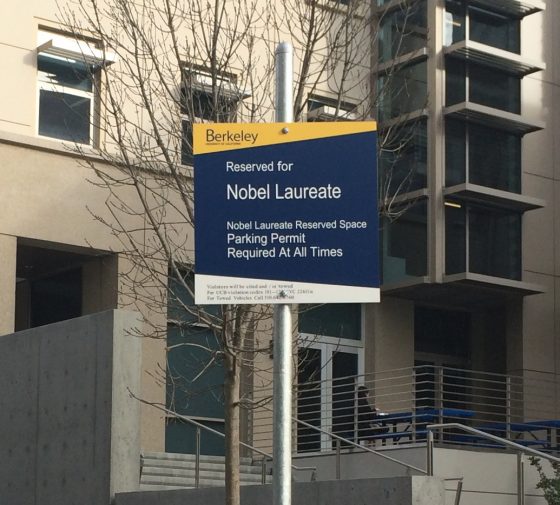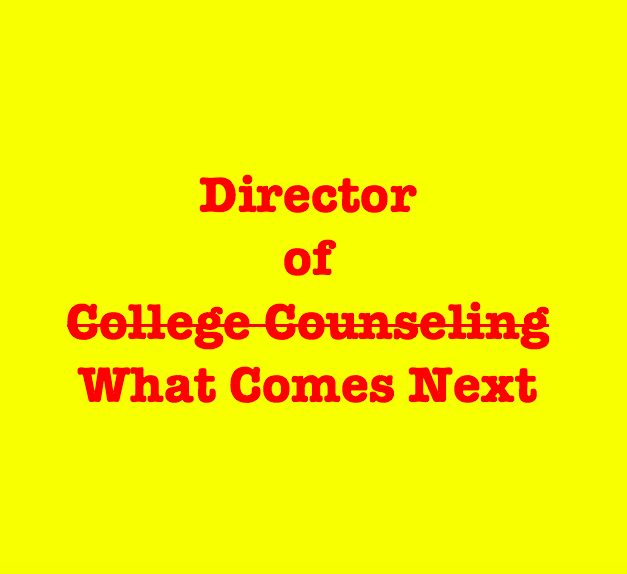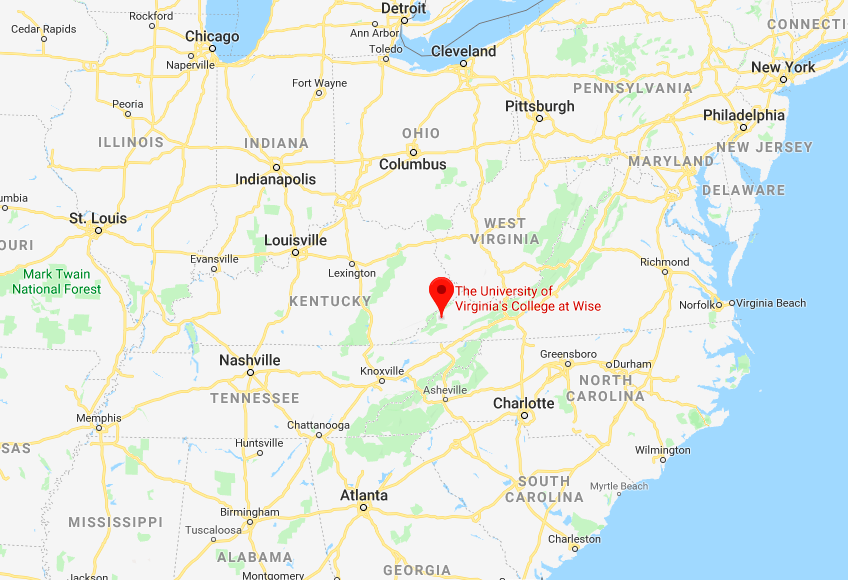Claremont McKenna College’s 2019 fall fly-in program, known as Preview, takes place from October 12 through 15, 2019 and is designed for rising high school seniors who would be first-generation college students and rising high school seniors from “diverse backgrounds,” who Claremont McKenna describes as being, “traditionally underrepresented in higher education.” All transportation costs, housing accommodations, and meals during the program are covered by the college.
The application for Preview, which requires completion of six short essays and submission of a high school transcript and list of senior year courses, is available through August 15, 2019
Applicants and their high school counselors will be notified of the college’s final selection by Tuesday, August 23. 2019. During the program students will have the opportunity to attend classes, explore Claremont McKenna’s eleven research institutes, attend a presentation at the Athenaeum, connect with current students and professors, and generally experience life on and around campus.
Southern California’s Claremont McKenna College (often referred to colloquially as CMC), which has approximately 1,300 students, practices need-blind admissions – students are admitted without regard to their family’s financial resources, pledges to meet 100% of demonstrated financial need of those applicants admitted.
Rising high school seniors with questions about Claremont McKenna College generally or Preview specifically are encouraged to contact [email protected] or 909-621-8088.

 There is no doubt that something is very broken in American secondary and tertiary education. Over each of the last fourteen admissions cycles, I have helped students from around the corner and around the world navigate the college admissions process and tackle the full time of job of applying to American colleges and universities.
There is no doubt that something is very broken in American secondary and tertiary education. Over each of the last fourteen admissions cycles, I have helped students from around the corner and around the world navigate the college admissions process and tackle the full time of job of applying to American colleges and universities. Yet, most of all, I will feel great for the young men and women I work with every day because once they see a four-year college or university is not the be all end all, maybe some of them will calm down, drop out of a few of their extracurricular activities, and use their spare time to pick up and read a book like Great Expectations or Candide or go on YouTube and watch for free the full thirteen installments of Civilisation: A Personal View by Kenneth Clark. There is no doubt that after doing so students will be closer to gaining a healthy perspective on life than they ever could playing America’s obscene college admissions game.
Yet, most of all, I will feel great for the young men and women I work with every day because once they see a four-year college or university is not the be all end all, maybe some of them will calm down, drop out of a few of their extracurricular activities, and use their spare time to pick up and read a book like Great Expectations or Candide or go on YouTube and watch for free the full thirteen installments of Civilisation: A Personal View by Kenneth Clark. There is no doubt that after doing so students will be closer to gaining a healthy perspective on life than they ever could playing America’s obscene college admissions game.


